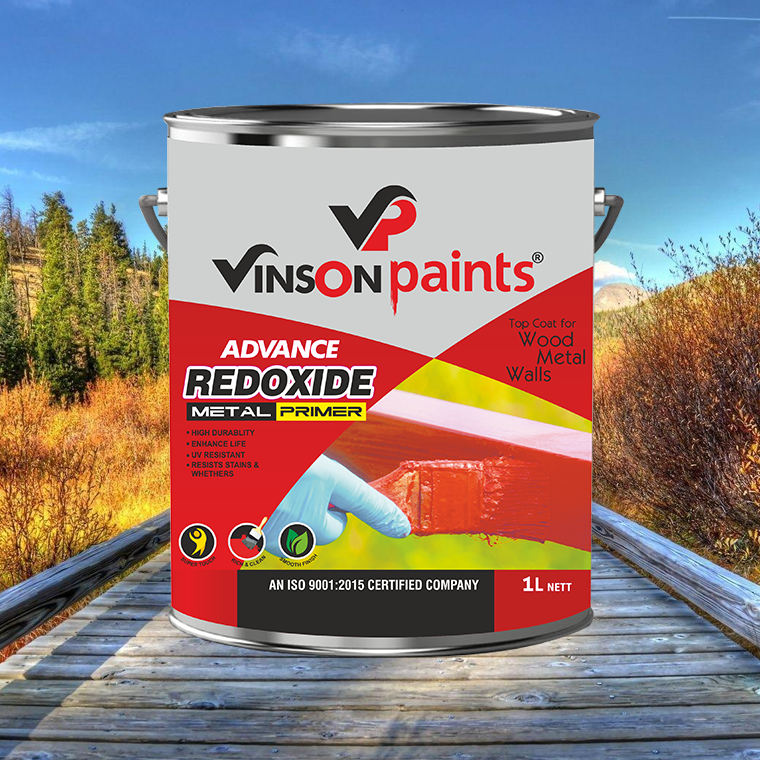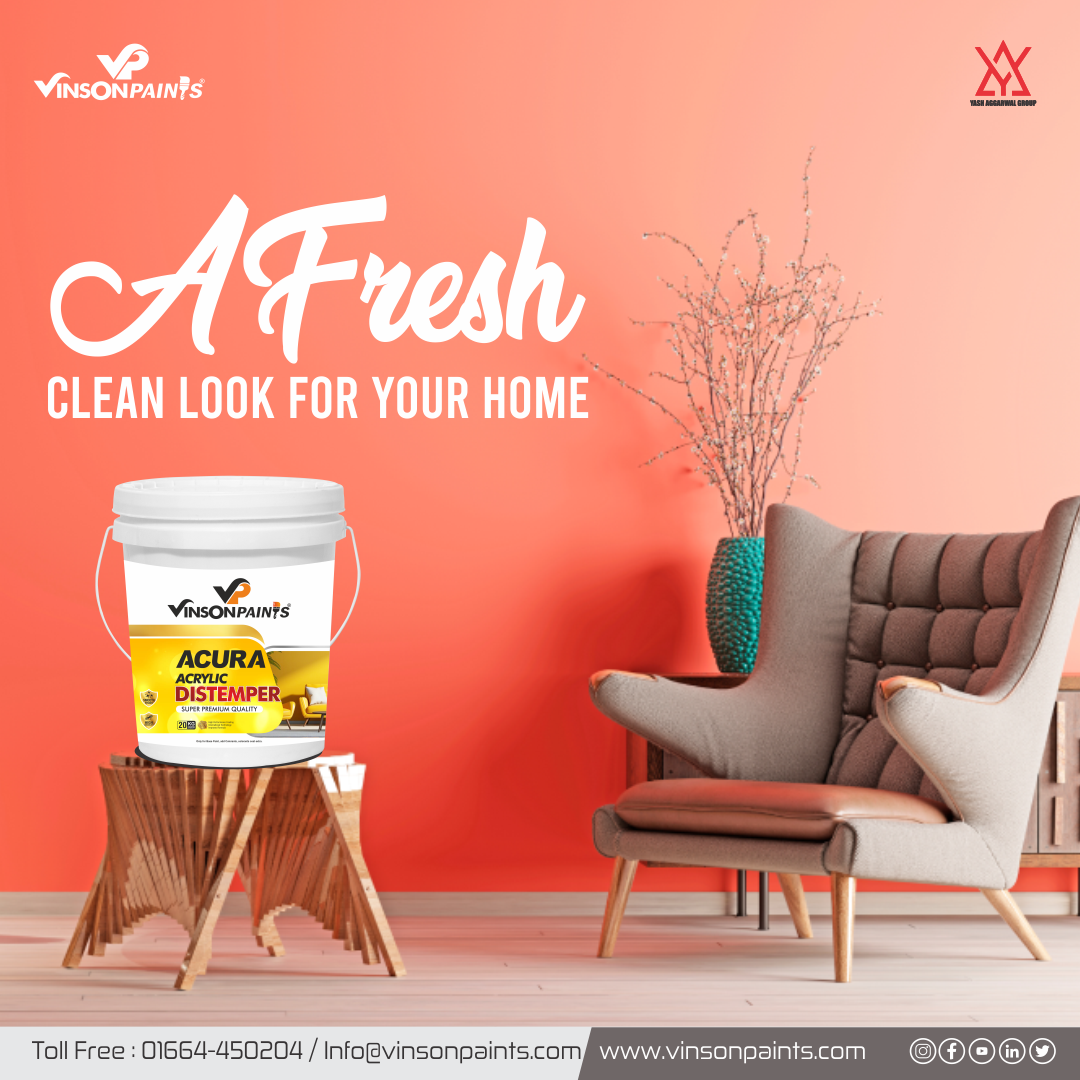How to Use Primer: When and Why It’s Necessary
When planning a painting project, most people focus on picking the perfect color — but there’s one step that’s just as important: priming your surface. Whether you’re painting interior walls, furniture, or exterior walls, primer is the secret to a smooth, long-lasting finish.
In this blog, we’ll walk you through:
-
✅ What primer is
-
✅ When you need to use it
-
✅ Why it's important
-
✅ How to apply it correctly
🎯 What Is Primer?
Primer is a preparatory coating applied before painting. Think of it as the basecoat that helps your topcoat stick better, look smoother, and last longer.
It seals porous surfaces, covers stains, and helps paint adhere better to tricky surfaces like glossy or previously painted walls.
🕒 When Do You Need to Use Primer?
Not every surface needs priming, but here are the most common situations where primer is a must:
1. 🧱 New or Bare Surfaces
If you're painting new drywall, cement, wood, or plaster, always prime first. These materials absorb paint unevenly, and primer helps seal the surface for smooth coverage.
2. 🎨 Dramatic Color Changes
Switching from dark to light (or vice versa)? A primer will help block the old color and reduce the number of paint coats you need.
3. 🧽 Stained or Damaged Walls
Water stains, smoke damage, or patches? A stain-blocking primer will seal imperfections so they don’t bleed through your new paint.
4. ✨ Glossy Surfaces
Paint doesn’t stick well to slick surfaces like tiles or varnished wood. Use a bonding primer to help paint grip properly.
5. 🏡 Exterior Walls
Primer helps your exterior paint withstand weather, moisture, and sunlight — especially in humid or coastal areas.
🚀 Why Is Primer So Important?
Here’s why skipping primer is a bad idea:
-
✅ Better Adhesion: Paint sticks better, reducing chances of peeling or flaking.
-
✅ Smooth Finish: It fills in pores and imperfections, so the final coat looks flawless.
-
✅ Durability: Your paint job lasts longer, even in high-traffic or humid areas.
-
✅ Cost-Efficient: Primer saves you money in the long run by reducing the number of topcoats needed.
🖌️ How to Apply Primer Like a Pro
Follow these simple steps:
1. Clean the Surface
Remove dust, grease, or old flaking paint. A clean wall = better primer grip.
2. Choose the Right Primer
Use Vinson Paints Multi-Surface Primer for most surfaces, or ask our experts for special recommendations.
3. Apply Evenly
Use a brush or roller and apply a thin, even coat. Let it dry completely before applying your topcoat.
4. Sand If Needed
For ultra-smooth walls, lightly sand the primer before painting.
🛒 Recommended Product:
Vinson Paints Interior/Exterior Primer
✔ High adhesion
✔ Stain-blocking formula
✔ Suitable for all surfaces
Final Thoughts
Primer is not just “extra work” — it’s a game changer for achieving a beautiful, long-lasting paint finish. With the right prep and the right products from Vinson Paints, your next paint job will be smoother, brighter, and more durable than ever.
Need help choosing the right primer for your project?
📞 Contact our experts or visit a Vinson Paints dealer near you!











